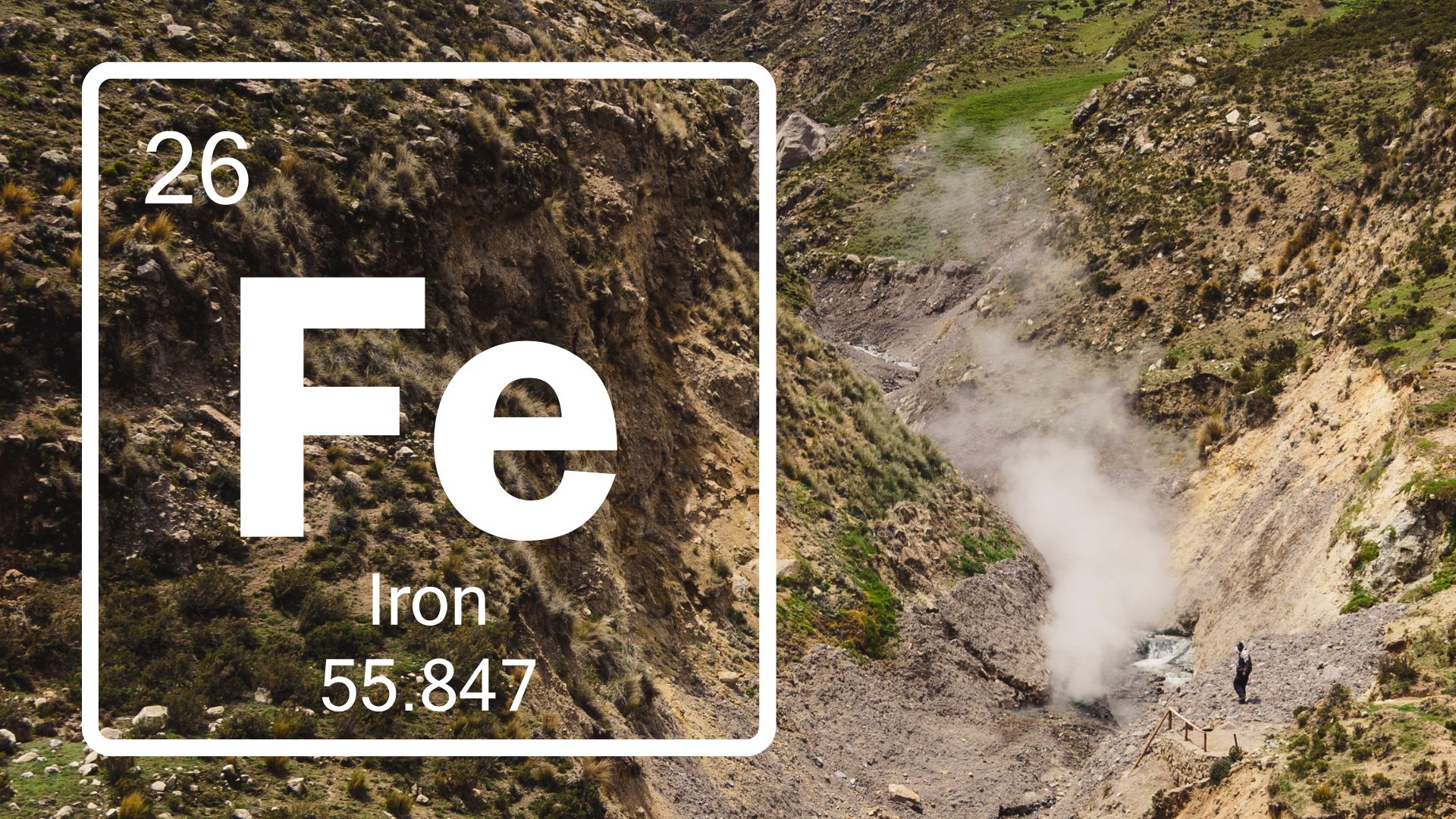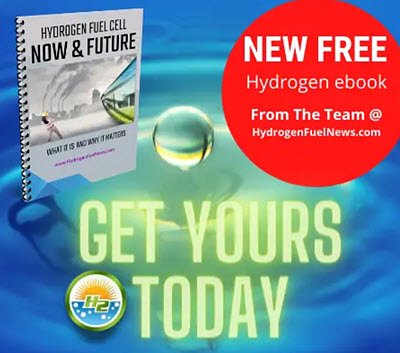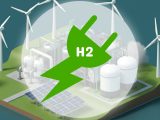
A Second Natural Hydrogen Jackpot Unearthed in Lorraine’s Geologic Goldmine
March 24, 2025France’s Hidden Treasure: Unveiling Natural Hydrogen Deposits
France has made headlines with groundbreaking discoveries of natural hydrogen, also known as white hydrogen, buried beneath its soil. These findings, located in the Lorraine region, have the potential to disrupt global energy markets by providing an abundant, naturally occurring, zero-carbon fuel source. Most notably, an initial discovery was made in May 2023, followed by a more recent finding in March 2025. Together, these revelations position France as a leader in the exploration and potential utilization of white hydrogen for clean energy solutions.
Both discoveries come with staggering numbers. The May 2023 find, located in abandoned mines of Lorraine, was estimated to hold 46 million tons of natural hydrogen. This quantity, described as one of the largest known reserves in Europe, represents nearly half the world’s current hydrogen production. The March 2025 announcement expanded excitement further, uncovering an additional deposit of equal scale nearby in the Moselle area, valued at approximately $92 billion. These findings, if fully tapped into, could meet global hydrogen demand for several years, signifying a major step toward energy independence and decarbonization.
Why Natural Hydrogen Could Revolutionize Energy
Hydrogen has long been considered a critical component of the clean energy transition due to its versatility and lack of carbon emissions when used as a fuel. However, most hydrogen today is derived from fossil fuels, such as natural gas, in a process that releases significant greenhouse gases. “Green hydrogen,” which is produced via the electrolysis of water using renewable energy, is an alternative but remains costly and resource-intensive.
Natural hydrogen, on the other hand, does not require energy-intensive production methods. It forms naturally underground through processes such as water interacting with iron-rich minerals, creating hydrogen gas that often replenishes itself over time. This makes it theoretically renewable and low-impact, with the potential to significantly reduce the environmental costs associated with hydrogen energy. Such reserves promise to streamline hydrogen’s integration into energy grids, offering an easily accessible and scalable solution.
If these hydrogen reserves can be effectively mined and distributed, they could play an integral role in reducing dependence on fossil fuels while supporting energy-hungry industries like steelmaking, heavy transportation, and aviation, where fully electrified solutions are still unfeasible.
Connections Between the Discoveries – A Shared Region
Both discoveries occurred in France’s northeastern Lorraine region, specifically within the Moselle area, highlighting the unique geological characteristics of this territory. Lorraine is known for its iron-rich soils and history of mining, which may have contributed to the unique conditions for hydrogen production over millennia. The deposits were uncovered during unrelated exploratory projects. For example, researchers in 2023 stumbled upon hydrogen while checking the safety risks of abandoned mines. Similarly, the 2025 discovery emerged from geological assessments aimed at mapping potential energy resources.
Notably, the proximity between these discoveries suggests that Lorraine may hold even greater untapped potential for white hydrogen. The consistency in environmental conditions supports the idea that this area is particularly conducive to forming large-scale hydrogen deposits. With ongoing research, scientists are now questioning whether similar geological formations could exist elsewhere, both within Europe and worldwide.
Advancing Explorations – From Chance Finds to Strategic Searches
The discoveries have opened new doors for natural hydrogen research, but they also highlight the challenges involved in exploring these resources. White hydrogen is a relatively new area of study, and its presence has often been serendipitously discovered during investigations meant for other purposes, such as searching for methane or conducting safety checks.
Scientists and engineers now face the task of designing targeted exploration techniques tailored specifically for natural hydrogen. Geophysics, isotope sampling, and other advanced methods are being refined to better predict where these subterranean pockets may exist. One of the key technical hurdles lies in determining the scale and replenishment rate of these hydrogen reserves. Early findings suggest that some deposits may be self-replenishing over decades or centuries, offering a renewable resource, while others could be finite.
Initial exploration efforts are also underscoring logistical complexities. Extracting natural hydrogen from deep underground, often at depths exceeding 1,000 meters, will require advanced engineering solutions. Additionally, developing infrastructure to transport and store the gas on a large scale remains a barrier to commercial implementation.
Bridging Gaps Between Research and Use
Despite challenges, natural hydrogen offers a compelling vision for the future of energy. If successfully incorporated into global energy systems, it could complement existing renewable energy technologies like wind and solar. White hydrogen could provide reliable storage for surplus electricity generated during peak production and serve as fuel in industries where electrification isn’t feasible.
For hydrogen to live up to its full potential, however, a collaborative approach will be essential. This includes advancing research into more efficient extraction technologies, building infrastructure for storage and transportation, and developing regulatory frameworks to govern the safe and sustainable use of this resource.
Projections suggest that natural hydrogen could begin playing a role in the energy market within the next decade, assuming that extraction techniques and infrastructure keep pace with research. Over time, the scalability of this resource could help stabilize hydrogen prices, making this clean energy commodity more accessible to a wider range of industries and nations.
The Road Ahead
France’s discoveries in Lorraine could represent a turning point in how the world approaches clean energy transitions. While natural hydrogen is not without its technological and logistical challenges, these findings make a strong case for accelerating research and investment into this promising resource. Its potential to fuel industries, power vehicles, and stabilize energy grids without emissions makes it a versatile tool in addressing climate change and future energy needs.
Ultimately, the success of natural hydrogen exploration will depend on whether researchers and policymakers can bridge the gap between scientific innovation and practical application. With significant reserves now confirmed and promising signs of sustainability, white hydrogen is poised to emerge as a leading contender in the quest for greener, cleaner energy solutions.



 With over 15 years of reporting hydrogen news, we are your premier source for the latest updates and insights in hydrogen and renewable energy.
With over 15 years of reporting hydrogen news, we are your premier source for the latest updates and insights in hydrogen and renewable energy.
What I find confusing is on most all of earth molecular hydrogen won’t exist, but combine with other elements to make other molecules, like with oxygen to make water or carbon to make methane. How does this white hydrogen exist as molecular hydrogen without combining with other elements?